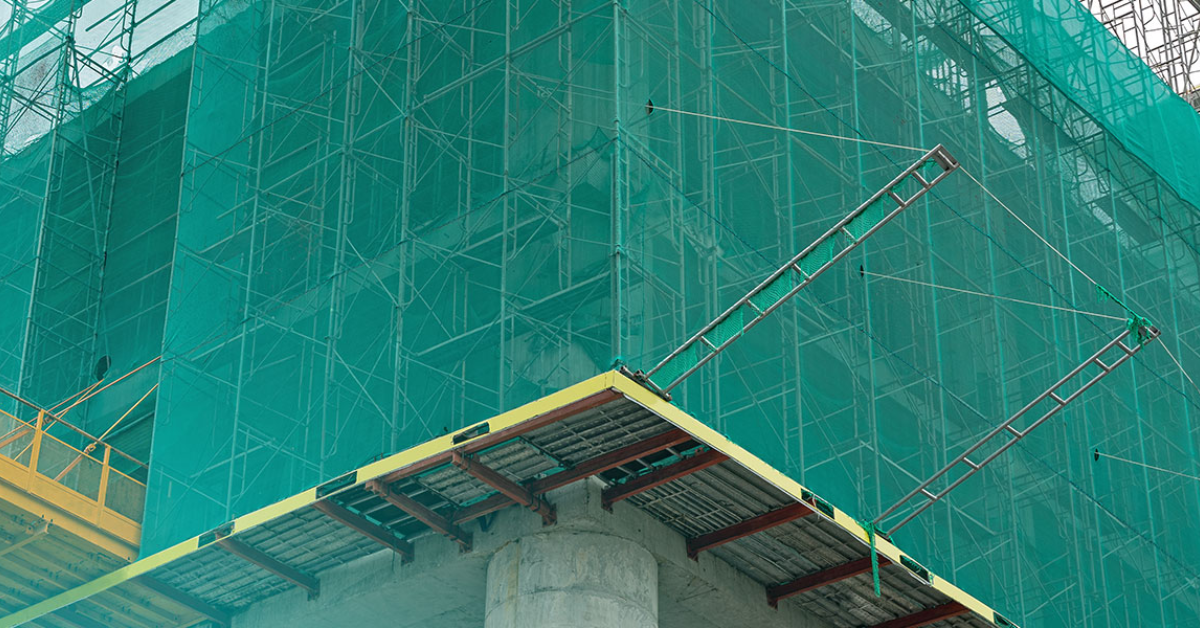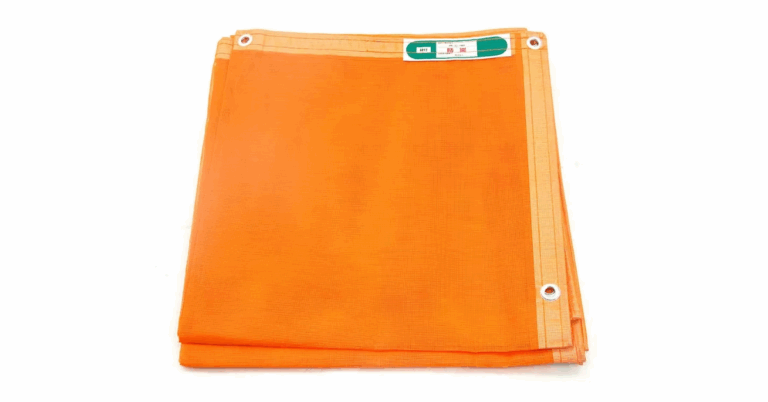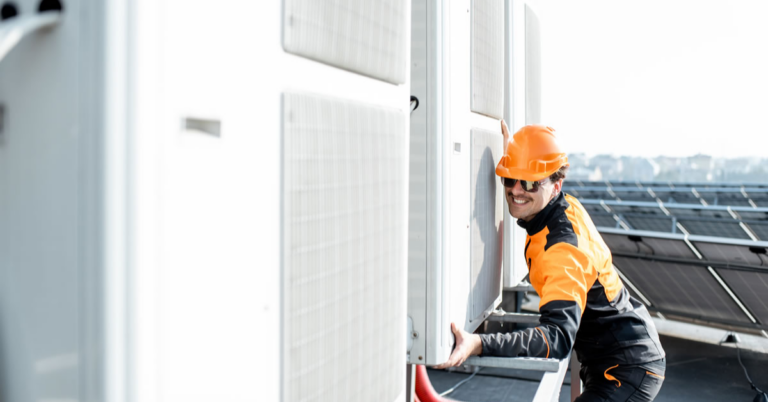Harnessing the Power of Dust Control Netting: Cleaner Sites, Healthier Environments
Dust is one of construction’s—and industry’s—most persistent and unseen adversaries. From building sites and quarries to industrial plants and bulk material handling yards, airborne dust poses serious risks: it degrades air quality, creates respiratory hazards, contributes to equipment wear, and soils nearby properties. Enter dust control netting, a smart, relatively low-cost technology that helps suppress and contain dust before it becomes a problem. In this article, we explore how Dust Control Netting works, where it is applied, what design considerations are crucial, and what benefits it yields for businesses, workers, and the surrounding communities.
What Is Dust Control Netting?
Dust control netting is a fabric mesh—often made of high-density polyethylene (HDPE) or similar materials—designed to intercept, filter, and slow the movement of airborne dust particles. By forming a semi-permeable barrier, the netting allows air to pass while trapping or deflecting dust, reducing its spread. The design flexibility means netting can be customized to different porosity levels, mesh sizes, strengths, and shapes depending on site requirements.
Rather than simply containing dust on a surface, dust netting works by disrupting wind flows and reducing wind speed at the dust source, thereby minimizing uplift of particles. As such, it becomes an integral part of a broader dust control management system. (This is consistent with how providers of dust control netting describe their offerings, emphasizing customizable solutions tailored to local soil, terrain and wind conditions.)
Where and Why Dust Control Netting Is Used
Dust control netting finds application across a host of industries. Some of the most common use cases include:
-
Construction and Demolition Sites: Construction generates dust from cutting, grinding, earthmoving, and demolition. Netting installed on scaffolding, around perimeters, or as vertical screens restricts dispersion beyond the site.
-
Bulk Material Storage Yards: Stockpiles of sand, aggregate, coal, or other dusty materials can shed dust under windy conditions. Netting placed around piles or along the site boundary helps contain drifting particles.
-
Mining and Quarry Operations: These are dust-intensive environments. Netting placed along haul roads, crusher outfalls, or in perimeter fencing helps reduce offsite migration of dust.
-
Industrial Facilities and Processing Plants: Handling, loading, crushing, or conveying operations can produce fugitive dust emissions. Netting barriers around such operations contribute to emission reduction.
-
Landfill, Composting, and Waste Handling: Sites where materials are moved, dumped, or shredded often need dust suppression. Netting helps reduce aerosolization of fine particles.
-
Environmental Remediation Sites: In sites undergoing excavation or soil treatment, netting helps prevent mobilization of contaminated dust.
The goal is always the same: to limit the spread of particulate matter beyond intended zones and lower the ambient dust concentration in nearby environs.
Key Design Considerations and Performance Factors
Every project has its own constraints—wind regime, topography, available space, regulatory limits, and dust source intensity. That means dust control netting must be designed thoughtfully. Here are important considerations:
Mesh Porosity and Fabric Strength
Netting must balance allowing airflow (to avoid excessive wind pressure buildup) with capturing dust. Porosity (open area) and mesh size are selected based on ambient wind speeds, particle size ranges, and required suppression levels. The material must also withstand tensile stress, UV exposure, abrasion, and environmental wear.
Height, Length, and Spatial Arrangement
Height matters: taller net walls intercept higher dust plumes, but also catch more wind loads. Net width and spacing influence coverage and drag. In many setups, multiple staggered panels or angled configurations are used to create a windbreak effect. Designers must ensure netting covers the critical emission zones and overlaps appropriately to avoid gaps.
Anchoring, Support Structure, and Stability
Netting must be firmly anchored to withstand wind forces. Support may include poles, cables, ground anchors, frames, or tensioned rods. The mounting system must accommodate expansions, contractions, and dynamic wind loads. Failure of supports defeats the dust control purpose.
Integration with Other Control Methods
Dust netting is seldom a standalone solution. It is most effective when combined with water spray systems, chemical suppressants, perimeter ventilation, and operational strategies (e.g. limiting open surfaces, covering stockpiles). Netting is part of an integrated dust control management plan.
Maintenance, Cleaning, and Lifespan
Netting accumulates dust, debris, or waterborne sediments over time, which reduces performance. Regular maintenance—cleaning, inspections, repair—is essential. Material selection and UV resistance impact how long the netting remains effective before replacement.
Benefits of Dust Control Netting
When implemented properly, dust control netting confers multiple advantages:
Improved Air Quality and Health Protection
By capturing or deflecting dust before it drifts offsite, netting helps reduce ambient particulate concentrations. This lowers respiratory and allergy risks for site workers and nearby residents.
Regulatory Compliance and Community Relations
Many jurisdictions impose limits on fugitive dust emissions and penalize noncompliance. Installing netting demonstrates proactive mitigation and can help avoid fines and complaints. It also shows community stewardship, reducing nuisances such as dust settling on nearby properties.
Cost Efficiency
Compared to some alternatives (such as fully enclosed systems or extensive water deluge setups), netting offers a relatively low-cost, passive barrier method. Initial capital and maintenance costs tend to be lower than more intensive engineering controls, especially when combined with other mitigations.
Enhanced Worker Safety
By reducing airborne dust, netting can improve visibility and decrease risks of dust-related accidents (e.g. slippery surfaces, machinery visibility). On scaffolding or facades, netting also doubles as debris netting, enhancing fall protection and preventing loose materials from escaping the work zone.
Extended Equipment Life and Product Quality
Dust can accelerate wear on machinery, clog filters, and contaminate finished products. Containing dust near the source helps protect equipment and improve the quality and consistency of processed materials.
Challenges, Limitations, and Mitigation Strategies
Dust control netting is powerful, but not a panacea. Some challenges to be aware of include:
Wind Load and Structural Stress
High wind speeds can overstress netting and support systems, leading to failure. Engineering for extreme wind events and including wind relief measures is critical.
Ineffective Without Complementary Measures
If used in isolation, netting often cannot fully suppress fine, low-momentum particles or high emission flux scenarios. Combining with sprays, schedule adjustments, and dust binding additives is necessary.
Maintenance and Fouling
Accumulated dust and debris may clog the mesh, reducing effectiveness over time. Regular cleaning and inspections are required, especially in dusty climates.
Visual and Aesthetic Concerns
In some projects, netting may be considered unsightly or obstructive. Designers should consider color, transparency, and layout to minimize visual impact while retaining function.
Cost of Replacement
Over time, UV degradation or mechanical damage may require net replacement, which must be factored into life-cycle costs.
Best Practices for Implementation
To get the most out of dust control netting, follow these recommended practices:
-
Site Assessment and Modelling
Prior to installation, evaluate wind patterns, dust sources, terrain, and sensitive receptor locations. Use computational fluid dynamics (CFD) or simpler wind modeling to predict dust trajectories and choose net placement. -
Pilot and Test
Start with a pilot installation in a sector of the site to monitor performance, refine mesh porosity or configuration, and adjust before full rollout. -
Layered Dust Control Strategy
Use netting in concert with sprays, vacuum systems, chemical binders, operational restraints, and covering strategies. The synergy yields better suppression. -
Durable Materials and UV Stabilization
Choose netting materials that resist UV degradation, tearing, and abrasion. Reinforced hems and heavy-duty edges help prolong useful life. -
Proper Anchoring and Tensioning
Use robust support systems with flexibility for wind loads. Proper tensioning avoids flapping or sagging that reduces dust interception efficiency. -
Routine Inspection and Cleaning
Periodically flush or brush netting, inspect for tears or loose attachments, and restore tension. Replace damaged spans promptly. -
Seasonal Adjustment
In monsoon or strong wind seasons, adjust net height or spacing. In off-peak wind periods, nets may be partially retracted to reduce wear. -
Community Engagement and Signage
Communicate to nearby communities about dust mitigation efforts. Visible netting, signage, and transparency help build goodwill and reduce complaints.
Real-World Case Studies and Outcomes
While each deployment is unique, many construction, mining, and industrial operators report measurable reductions in airborne dust and improved environmental metrics after netting installation. For example:
-
A quarry site installed perimeter netting and achieved a 30 – 40 % drop in dust deposition offsite.
-
A large construction project used scaffold-mounted net screens in combination with water sprays and cut off visible dust drifting, reducing complaints from neighboring properties.
-
An industrial facility retrofitted netting around conveyor transfer points and saw extended filter life and lower maintenance costs.
These success stories underscore that netting, when well integrated, provides both environmental and economic advantages.
Future Trends and Innovations in Dust Control Netting
As environmental standards tighten and awareness of air quality issues grows, dust control netting is evolving:
-
Smart Netting: Embedding sensors to monitor dust loading, tension, or flow, enabling predictive maintenance.
-
Hybrid Materials: Combining netting with active capture layers (e.g. electrostatic fibers or sticky coatings) to trap finer particulates.
-
Modular, Retractable Systems: Panels that can be deployed or retracted seasonally or on demand.
-
Improved Modeling and AI Design Tools: Using machine learning and CFD integration to optimize net layout automatically.
-
Sustainable Materials: Recycled polymers or bio-resistant fabrics to reduce environmental footprint.
These innovations will enhance dust control performance, reduce lifecycle costs, and adapt to increasingly stringent air quality regulation.
Conclusion
Dust control netting is a deceptively simple yet highly effective tool in the arsenal against fugitive dust. By creating semi-permeable barriers tailored to wind, terrain, and emission sources, it helps protect air quality, comply with regulations, reduce maintenance costs, and safeguard worker health. While netting is usually not a standalone solution, when properly designed, installed, and maintained—and integrated with sprays, operational controls, and monitoring—it offers excellent performance per cost. As environmental standards tighten and technology advances, dust control netting will continue to evolve—becoming smarter, more durable, and better integrated than ever.







